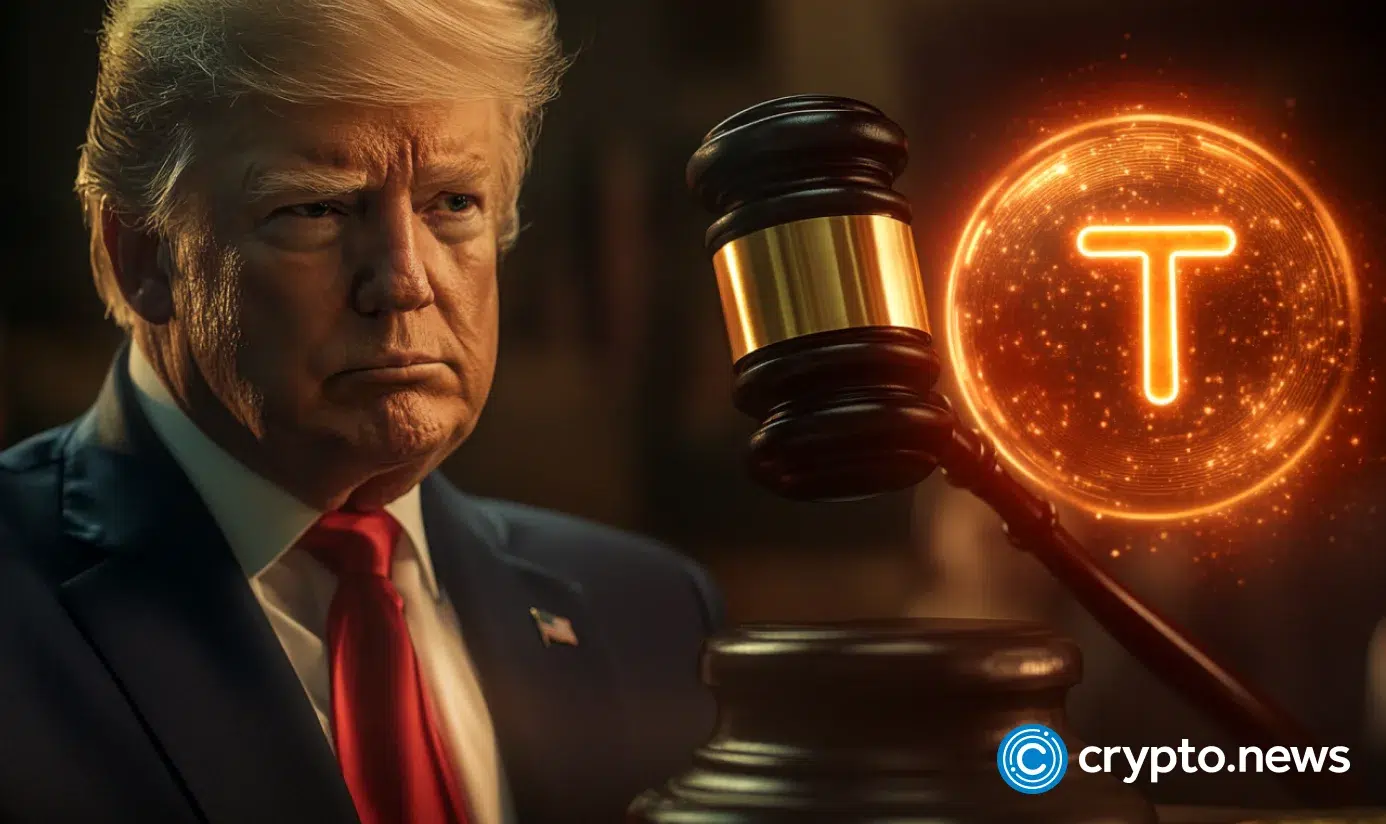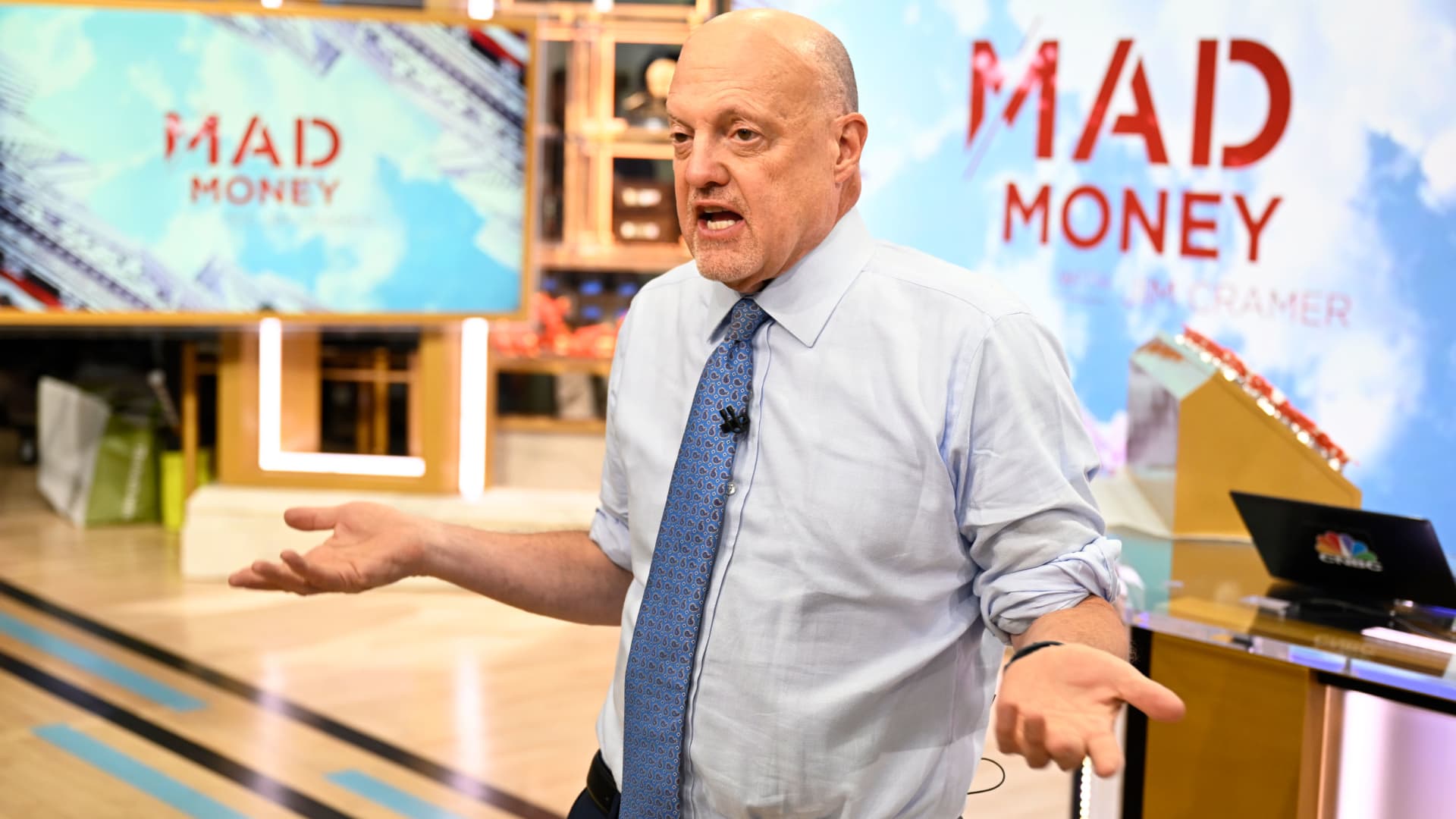How streaming TV is bracing for a recession
From creative marketing to ad innovation, here’s a look at how streamers are tackling a potential recession.

Even as the streaming TV landscape becomes more crowded, a looming recession threatens to squelch growth in the ecosystem. As such, innovation—both in the user experiences and ways brands can connect with consumers—has become increasingly important for streamers to maintain their edge, according to industry experts who gathered last week during the Ad Age Next: Streaming conference.
Here’s a look at how the TV industry is preparing for an economic downturn.
Impact on the ad marketplace
Brands have already started to re-prioritize where they are placing their ad dollars, said Lisa Herdman, senior VP and executive director of strategic investments at RPA. Based on the state of the business and economy, brands will either spend their money building brand awareness or standing out and garnering interest, Herdman explained.
General Motors plans to “continue to be at a healthy spending level,” said Heather Stewart, the automaker's general director of global media and marketing services. But she’s worried we are talking ourselves into a recession and cautions the industry to be careful about false indicators and overreacting.
“I imagine there will be consolidation in light of the realities of what's going on in the market,” said Peter Naylor, VP of advertising sales at Netflix, adding that he believes that streaming will only continue to go up next year.
Some ad leaders declared a recession is already here. TV advertising is a future-looking marketplace, and with that in mind Linda Yaccarino, chairman, global advertising and partnerships at NBCUniversal, said, “If that is a bellwether to what's to come, then I think, the challenges of the economy, whether you want to officially call it a recession or not, we've already been in it.”
Creative marketing
With the proliferation of streaming services and caution over if and when consumers will curtail their spending, it's all the more important to find ways to break through the clutter.
“You have to earn your place and people's lives every day, every minute of every day,” said Scott Donaton, senior VP of marketing at Hulu, during a discussion on how streamers are addressing marketing challenges.
“If you survey consumers about how many services they’re willing to pay for, the answer has been, still right now, is one more than I currently have,” Donaton added. “I think we're going to go into a marketplace where that's not going to be as true and you're going to have to really prove value. And in that way, the value proposition of the bundle is a fantastic one.”
After years of consumers demanding an a la carte model to TV, where they are not forced to pay for networks they don’t watch, it seems the tides are changing, with mega-media companies including Paramount, Warner Bros. Discovery and Disney planning ways to package their various streamers together.
“I think it's been interesting for us just in terms of learning how our consumers are different, how their user behavior is different,” said Vikki Neil, executive VP and general manager, digital studios group, Warner Bros. Discovery. “And we've really been testing a lot if you think about the HBO Max profile and the Discovery+ profile.”
Jeff Shultz, chief strategy officer of streaming at Paramount, described the importance of diversity of engagement to the bundle experience—not just watching a lot of one thing but watching a lot of various things. For this to happen, the experience has to holistically be appealing to the consumer. “What a bundle does is it makes that engagement about the bundle rather than any element of the bundle,” Shultz said.
Maintaining innovation
Despite a downturn, or perhaps because of it, NBCU's Yaccarino said she expects to see the pace of ad innovation ramp up.
Bringing commerce to streaming was a hot topic. Imran Khan, CEO of Verishop, raised concerns about reducing friction of payments for customers, such as through the use of QR codes and one-click purchasing methods. Verishop partnered with NBCUniversal to merge shopability and TV streaming on an episode of Peacock’s “Love Island.”
Netflix's Naylor predicts commerce-enabled TV and interactive ads will become more commonplace. “One thing that I think is a great opportunity is maybe a dual-screen experience, and people have experimented there, but the research shows that the vast majority of people have their phone with them when they're consuming TV streaming content,” Naylor said.
Yaccarino noted that the e-commerce space is not new to foreign markets and should also be more common nationally. “That's also one of the exciting things that you're liberated with in streaming because ads are able to be more, let's call it shoppable or commercially oriented.”
Although NBCUniversal is still experimenting with these methods, Yaccarino said she expects to see greater sales results when shoppable content is marketed on a larger scale like on NBC’s Peacock.
“The window for status quo is officially closed because, in a market like this, I think you have more opportunity to talk about innovation and really push back what you did last year because today's consumer doesn't behave that way,” said Yaccarino. “So I think we’ve run out of excuses for our paralysis in the industry.”

 Konoly
Konoly 
































